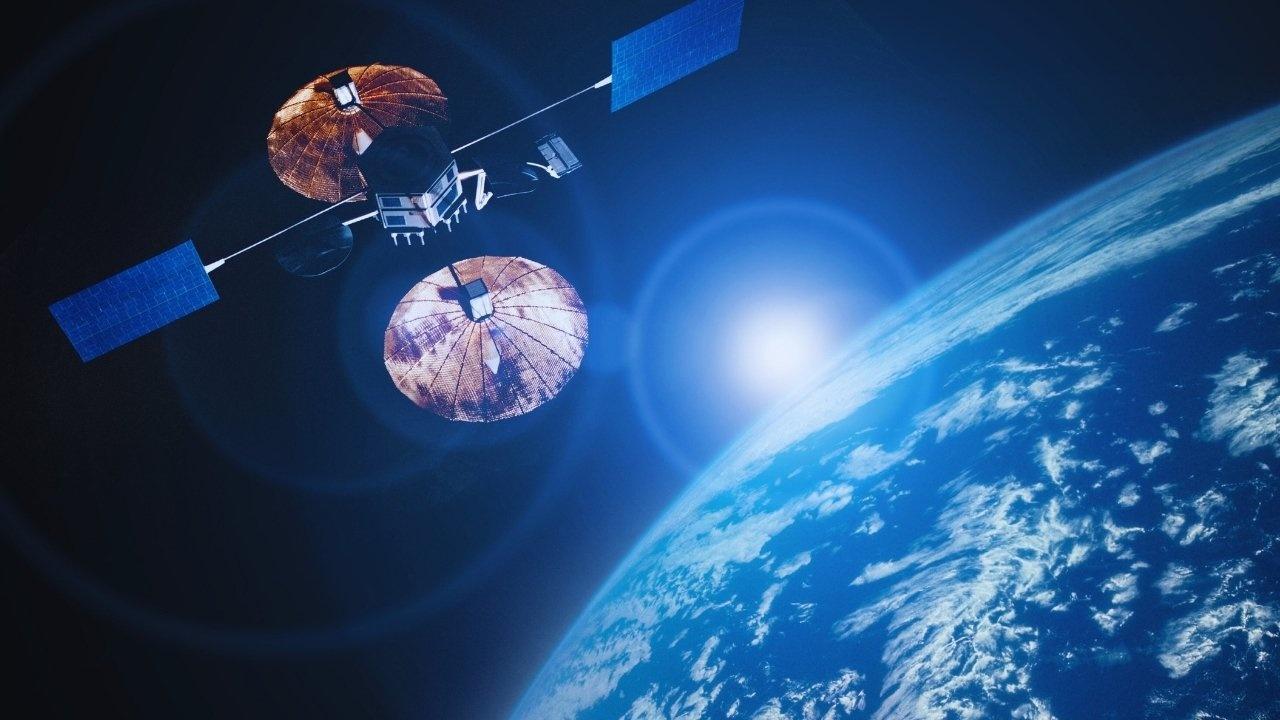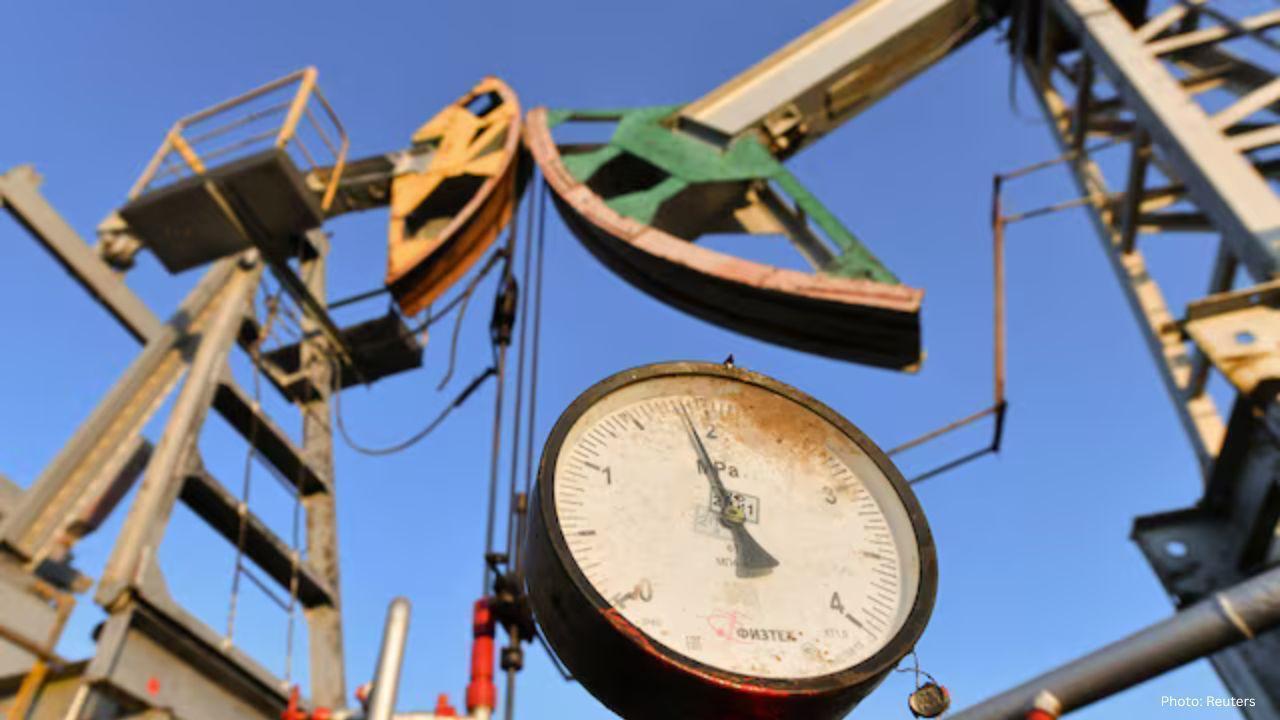You have not yet added any article to your bookmarks!

Join 10k+ people to get notified about new posts, news and tips.
Do not worry we don't spam!

Post by : Anis Farhan
The International Space Station (ISS) — an iconic symbol of human engineering — is on the verge of retirement. Following 32 years of groundbreaking scientific research and global cooperation, NASA is preparing to conclude the era of this orbiting laboratory that has been a beacon of collaboration and discovery. As the curtain falls on the ISS, commercial innovations and private investments are set to redefine space exploration.
Since its launch in November 1998, the ISS has been meticulously constructed in low Earth orbit through a collaboration between the United States, Russia, Europe, Japan, and Canada. Over the decades, it has morphed into a critical platform for pioneering research and has welcomed over 250 astronauts globally.
The station has marked numerous scientific achievements, investigating the effects of microgravity on the human body, testing sophisticated life-support systems, and examining climate variations from a celestial vantage point. It also became a testament to peace and diplomacy amid global tensions, showcasing what international collaboration can yield beyond terrestrial disputes.
As time takes its toll, the ISS, which has far outlived its projected 15-year operational life, faces mounting maintenance challenges and costs. Faults like cracks and leaks have raised significant safety concerns, prompting discussions about a planned deorbit by 2031.
Current maintenance expenses for the ISS exceed $3 billion yearly, with substantial funds allocated for repairs, maintenance, and supply transport. As new technologies emerge, operating an aging facility is becoming less feasible.
The modules and systems were originally crafted in the 1990s and early 2000s, and despite ongoing upgrades, many are nearing the end of their operational efficacy. Risks of system failures, particularly related to pressurization and power distribution, are an increasing concern.
Nasa insists that the ISS retirement isn't a withdrawal from low-Earth orbit (LEO), but a strategic move towards a commercial future. This shift aims to pivot from government funding to private investments, redirecting resources towards ambitious lunar and Martian missions as part of the Artemis initiative.
As NASA steps back, private enterprises are rising to the occasion. The agency has already endorsed several U.S. companies to create commercial space stations to sustain research, accommodate astronauts, and even host tourists.
Axiom Space is at the forefront, planning to attach its inaugural module to the ISS by 2026. After the ISS's retirement, Axiom will detach and function as the first commercial space station, equipped with research facilities, manufacturing areas, and living quarters for private astronauts and visitors alike.
Orbital Reef, a collaboration between Blue Origin and Sierra Space, is designed as a mixed-use business park targeting government organizations, private firms, and academic researchers. This venture includes laboratory modules, working spaces, and tourism facilities, laying the groundwork for an entirely new economy in space.
Supported by Voyager Space and Airbus, Starlab is slated to be a single-module commercial platform for scientific exploration and technological testing, expected to be operational before 2030, marking Europe’s commitment to maintaining its presence in LEO.
This transition marks a significant shift in space operations from government oversight to private sector initiatives. NASA is evolving into one of many customers, purchasing services and access instead of running a singular station.
Post-ISS, NASA will still remain pivotal in space research, albeit in a customer role rather than a landlord. This new structure resembles the agency’s existing partnerships with commercial vendors for satellite launches and cargo transport.
Instead of reserving a space station, NASA will fund experimental endeavors and lease spaces from private entities. This allows the agency to redirect its efforts towards deep-space missions while fostering economic growth in LEO. It also preserves a consistent U.S. presence in orbit, supported by a diverse network of collaborators.
Additionally, this partnership strategy may facilitate greater access to space for universities, startups, and global organizations, democratizing opportunities in orbit through cost reductions and new platforms.
The transition from government-led missions to private operations signifies a major economic advancement. Experts forecast the commercial space sector could reach a valuation of $1 trillion by 2040. This encompasses not only tourism but also manufacturing, biomedical research, data analytics, and satellite servicing in microgravity.
For companies like Axiom and Blue Origin, opportunities extend beyond tourism. Manufacturing in microgravity, creating materials and medications unfeasible on Earth, is seen as a prime area for growth. New markets, including space-based entertainment and advertising, are also beginning to take form.
Nasa’s investments in commercial infrastructure serve as both encouragement and insurance, ensuring a smooth transition from the ISS to private space stations.
The ISS's retirement signifies not just a technological shift but the closure of one of the most effective international partnerships in modern history. Entities like Roscosmos (Russia), ESA (Europe), JAXA (Japan), and CSA (Canada) are all contemplating their next steps in the post-ISS landscape.
Russia has shown interest in developing its own space station, while China is expanding its Tiangong space project, which may become pivotal for international missions. Additionally, the European Space Agency is looking to collaborate with U.S. firms to maintain its influence in LEO research.
While the ISS will eventually disintegrate upon re-entry into Earth’s atmosphere, its legacy will live on through these collaborative efforts and the knowledge it has contributed, setting the stage for sustainable human presence in space.
To many around the globe, the ISS is more than a research facility — it’s a representation of collective human effort and potential. Its breathtaking visuals of Earth, innovative experiments, and diverse international astronaut community have touched hearts worldwide.
The final countdown evokes feelings of nostalgia and pride. Plans for its deorbit include guiding it to a remote region of the Pacific Ocean, designated as “Point Nemo,” where decommissioned spacecraft traditionally conclude their journeys. It serves as a fitting tribute to a structure that has dedicated itself to humanity for over three decades.
The end of the ISS doesn’t signify a halt in space exploration but heralds a transformation. The commercialization of low-Earth orbit opens avenues for innovations. Private entities are set to expand upon NASA's legacy by establishing habitats that are more economical, effective, and flexible.
In upcoming decades, commercial space stations could evolve into focal points for scientific research, manufacturing, education, and leisure. Space tourists may orbit Earth, researchers may experiment with new drugs, and engineers could innovate technologies for Mars missions.
The ISS's retirement may sound the end of an era, but its legacy will continue through a new generation of pioneers, entrepreneurs, and visionaries.
This article aims to provide a comprehensive overview of NASA’s plan to retire the International Space Station and the rise of commercial space stations. All facts and timelines are based on available public information as of 2025 and may evolve with new developments in space policy and technology.










Thailand Defence Minister Joins Talks to End Deadly Border Clash
Thailand’s defence chief will join talks with Cambodia as border clashes stretch into a third week,

India Raises Alarm Over Fresh Attacks on Hindus in Bangladesh
India has condemned recent killings of Hindu men in Bangladesh, calling repeated attacks on minoriti

Sidharth Malhotra & Kiara Advani Celebrate Baby Saraayah’s 1st Christmas
Sidharth and Kiara share adorable moments of baby Saraayah’s first Christmas with festive décor and

South Korea Seeks 10-Year Jail Term for Former President Yoon Suk Yeol
South Korea’s special prosecutor demands 10 years for ex-President Yoon Suk Yeol on charges includin

Salman Khan’s Exclusive 60th Birthday Bash at Panvel Farmhouse
Salman Khan to celebrate his 60th birthday privately at Panvel farmhouse with family, friends, and a

Dhurandhar Breaks Records with Rs 1006 Cr, Becomes Bollywood’s Biggest Hit
Dhurandhar rakes in over Rs 1006 crore worldwide in 21 days, becoming Bollywood’s highest-grossing f